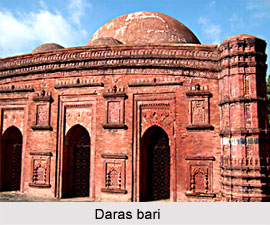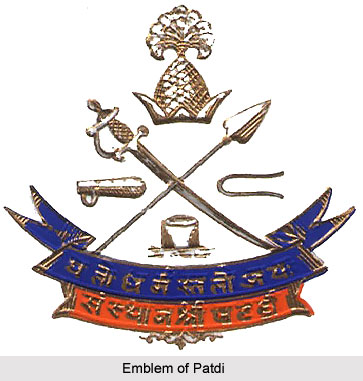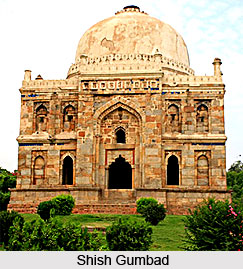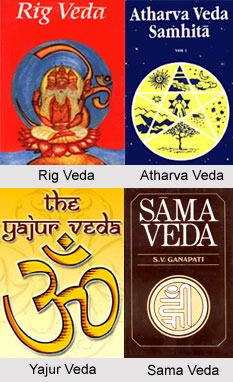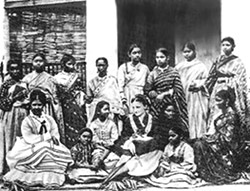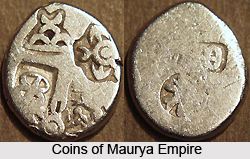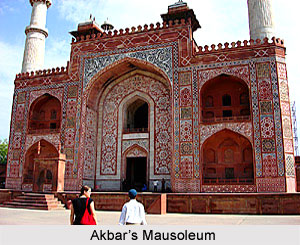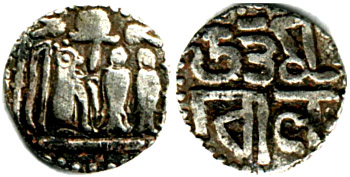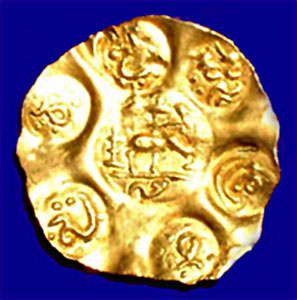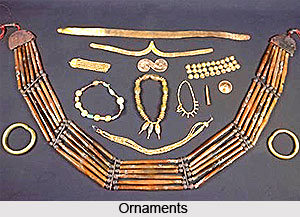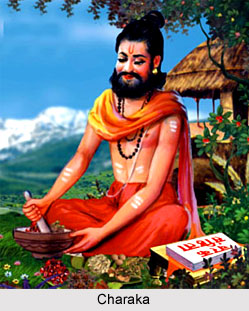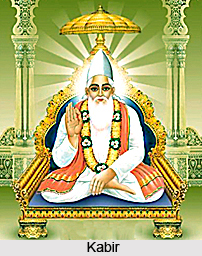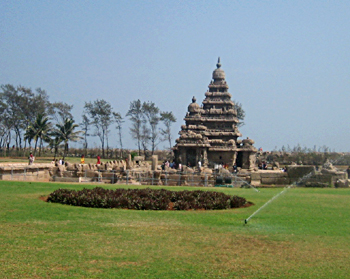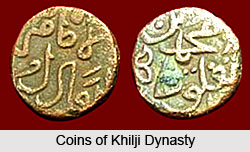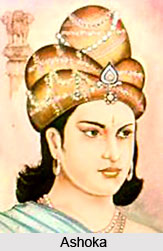Plan of a treatise lays down the definition of the word Arthashastra where it says that the subsistence of mankind is termed as Artha or wealth and the earth which consists Artha and the Science which the science which treats means of acquiring and maintaining the earth of Artha (wealth) is called Arthashastra.
Plan of a Treatise consists of thirty-two paragraphical divisions: the book (adhikarana), contents (vidhana), suggestion of similar facts (yoga), the meaning of a word (padartha), the purport of reason (hetvartha), mention of a fact in brief (uddesa), mention of a fact in detail (nirdesa), guidance (upadesa), quotation (apadesa), application (atidesa), the place of reference (pradesa), simile (upamana), implication (arthapatti), doubt (samsaya), reference to similar procedure, contrariety (viparyaya), ellipsis, acceptance (anumata), explanation (vyakhyana), derivation (nirvacliana), illustration (nidars`ana), exception (apavarga), the author`s own technical terms, prima facie view (purva paksha), rejoinder (uttrapaksha), conclusion (ekanta), reference to a subsequent portion (anagatavekshana), reference to a previous portion (atikrantavekshana), command (niyoga), alternative (vikalpa), compounding together (samuchchaya) and determinable fact (uhya).
Divided within fifteen chapters the treatise touches every aspect of a king`s life and his kingdom. The Arthashastra, Science of Polity, has been made as compendium to work as a guideline for the king in acquiring and maintaining the earth which has been given to him by his ancestors and ancient teachers. Each chapter specifically guides the king towards his duties towards the aged people; towards his own people who are depending on him for their livelihood; towards the security of the state; his role in the battle field as well as his role as a peace keeper; his role in playing intrigues and his obligation in restoring peace at the end.
Plan of a Treatise also takes into consideration the caste system where it mentions four castes and four religions. The author deliberately makes use of such words which reminds the king of his duties and which brings out the `mulahara` of the shloka. The main idea of the book has been to purport a sense of reason for every act of the king. The book mainly intends to control the organs of senses which are treated as the basic of learning and discipline. The book further makes a comparison of the teachings of Manu, Brihaspathy and Usana among which Kautilya`s Arthashastra stands as the most scientific source of learning the science of polity.
Thus, Arthashastra has been one of the most extensive and valuable treaty which was developed during the Maurya Empire which for the first time came in a written form with explanations in order to guide not only Chandragupta Maurya, the legendary Hindu ruler of 4th century BC but also to remain relevant for ages till date Arthashastra has led the foundation of statecraft on which the Indian society had stood successfully for centuries.


